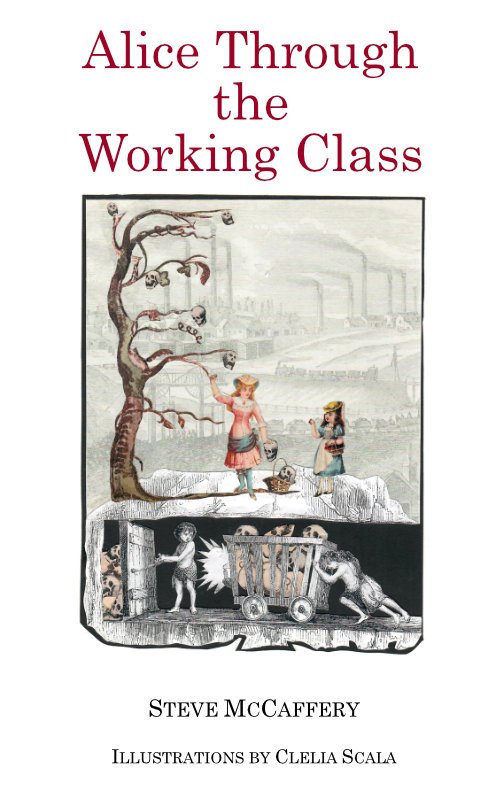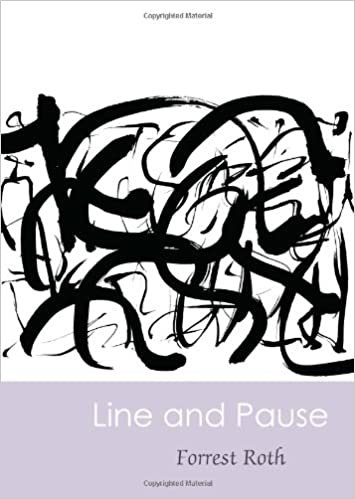The Electric Affinities examines the interior lives and motives of six affluent, artistic friends as they struggle to find love and meaning in the summer of 1969, “the year that changed everything.” Set in the Hamptons and New York City, the novel brilliantly captures the decadent, freedom-loving lifestyles of characters trapped in a “prison of opulence.” Andre, a film director with a volatile temper and Robert, a romantic, yet troubled, Vietnam War veteran, are obsessed with the enigmatic Maya, a former Vogue model; free-spirited Carolina, seeks solace in a quest for spiritual transcendence while her own relationship crumbles; French-born Louise sacrifices her own dreams in a self-appointed role as Maya’s protector; and Ben, the older, wildly successful architect, avoids confronting his own loneliness as he fills his Sag Harbor home with lovely, yet broken souls. The paths these characters take mirror the disillusionment inherent in the late ‘60’s, as they turn inward in a quest for self-understanding that presages the attitudes of the “Me Generation” of the 1970s. The Electric Affinities encompasses the excitement of youth, sexual freedom, mistakes, and ultimate losses that lead to the sober awakening from a dreamlike existence to a clear-eyed understanding of the realities of life.
A free-love opus set in a bygone era. Ben Steinberg, a successful architect, hosts a collective of artists and free-spirits in his Sag Harbor, N.Y., house in 1969. Among the damaged but earnest people that move through his home are Andre, a director; Robert, a Vietnam War veteran; Carolina, a spiritual youth endeavoring to live without restraint; and Maya, the apex of a romantic triangle that consumes her suitors. The plot follows a fairly straightforward design: As the year progresses, each character wrestles with their own particular demons. Robert’s disenchantment with the world is reified in his aversion to visiting his wealthy grandmother, the woman who raised him; for Carolina, it’s an evolving quest to live as freely as possible that, eventually, takes her away from Sag Harbor. But the plot, as it is, feels secondary here. The real tension comes from within. Working with a true ensemble cast, Stevenson explores the radical aspirations of each of his characters while balancing them against the dramatic irony of a world that didn’t turn out quite the way it was supposed to. Perhaps the best stand-in for the contemporary reader is Robert. He may have been disillusioned by his experience overseas (as readers may have been by the course of history), but he yearns for some kind of meaning in his life, something true to aspire toward. The same goes for everybody in the novel; amid pain and loneliness, they look for some kind of purpose in a world that doesn’t seem prepared to accept them. It’s a familiar enough theme for books set in the late 1960s, but Stevenson’s effortless prose brings a freshness to what could otherwise have easily been a trite tale of hippie naïveté. He laces the story with insightful mantras throughout: “It’s not like cooking—there’s no measuring cup. Freedom has to be unconditional or not at all.” The narrative movements here are subtle, often more interested in providing a full picture of the characters’ struggles than in building a propulsive plot. At times, the pace may feel sluggish for some, but readers willing to stick with it will be rewarded with a stunning resolution. An atmospheric, evocative tale of youth endeavoring to live free.
—Kirkus Reviews
I'm enthralled with The Electric Affinities. The bittersweet delight of feeling Maya present through your words... her graceful gestures -- sleek and cat-like, her intense regard, the intensity of her friendship, her ecstatic demand for beauty, the cruelty of her judgments when aesthetic standards were neglected, and her vibrant, sensuous humor. What a whirlwind delight to have Maya as my guide to experiencing the inner and outer worlds.
—Carolee Schneemann, Visual Artist
“I got your magnificent book. Thanks. Reminds me of the parties I used to go to in Martha’s Vineyard. ... Maya with her strange beauty and the incredible clothes that she wore. We would go on Sundays to the Parisian Flea Market where she would buy second hand clothes with which she created fantastic and unique outfits. People would just stop in the street to admire her.”
—Juan Luis Bunuel, artist and film-maker
‘This book reveals, harbors, conceals fraught desire with electrical sparks’
—Ultra Violet
“Maya ---- is French, mysterious and as gracefully evasive as a bullfighter with her bull. Ask about her past, she will answer but you won’t understand what you heard. Her mystery is a magnet that have men wanting to know more. You will enjoy the ‘game’. It’s the riddle of life.”
—Barbara Nessim, artist
Goethe's “elective affinities” transposed into a tale of passion in circumstances that recall the glamour of The Great Gatsby.
—Carolyn Burke, author of No Regrets, The Life of Edith Piaf and Lee Miller, A Life.
The Electric Affinities is emotionally satisfying. More important it lets the reader look at his or her life in a fresh, profound way. Buy this book. Immerse yourself. It is a once in a lifetime experience.
—John Lehman, RosebudBookReviews.com
The Electric Affinities by Wade Stevenson is a luminous cascade of memories. It is a beautifully told, and at times, a heartbreaking meditation on relocation, on life after war, on the troubled paths of inheritance, and on the tangled, fraught ways that lovers survive their love.
The spectrum of lives cast is brave, unnerving, and dazzling. Trying in the gentlest of ways to understand the terrible power of beauty and those who are shaped by it. Stevenson merges the personal and the fictional with seamless grace. Here, truth manifests visually in tender, faded images of war; how our memories lurk and haunt us and cause us to averted our eyes from them, as in the blasting fireworks that begin this book. The mind is like those detonations, flashing here and there with the elusive spark of life. Vividly we come to know the memorable figures of the narrator’s intimate experiences. With remarkable energies that never feel forced, Stevenson creates an intensely wide-ranging world.
With dialog that is razor sharp, tough, funny, unexpected, and refreshing, The Electric Affinities reawaken the wonder of youth, freedom and the quest for liberation, and ultimately our own humanity.
—Geoffrey Gatza, author of Apollo and The House of Forgetting
“Breathe,” Wade Stevenson told me, many years ago, when I asked him how Maya arranged her life, poetically summing up the life of a woman who had a secret biography, who wanted to believe, and make people believe, that she was born from nothing, no place and no time, that her life was only in the present, and wherever she went, in the grip of friendship and loves, of pleasures, she lived with the lightness of those whose feet are truly “off the ground”. And what an anonymous name, Maya, which does not suggest any character, but sums up so many, was it truly her real name? In what country was she born, whose daughter was she? From a bourgeois family, aristocrats, workers? Perhaps the abhorred German, the memory of which she buried behind the other languages she spoke, was her maternal language. If badgered by the curiosity of others, she would evoke an unnamable disaster, twirling her finger in the air, the light in her eyes for a moment going dark. She had a ferocious will to live, to feel the true “weight” of all the emotions, to always search for the beautiful, in art, in love, in friendship, eliminating as much as possible the mediocrity of daily life. She created her own life as an art form, more with what she left out than with what she chose to include, so as not to distance herself too far from a country that she liked to imagine, free of every evil.
—‘Fausta Squatriti, author of “The Nature of Desire,’ and “Forbidden to Enter”
The true accomplishment achieved by Wade Stevenson is the world created, or perhaps re-created, within the novel. You come to know Nineteen Sixties New York as if you are living it. The rarified air of the denizens invoked breathes into you. Maybe it's nostalgia for a thing never known (and what's wrong with that, after all), but I wanted to be a part of the scene Stevenson has painted. ... Realism screams here and it is welcome. The novel is not depressing, it is too full to allow a maudlin skin to cover it. We care for these people. We have empathy towards them. For me their talents override everything. The experience of their stories is worth careful consideration.
— F.T. Donereau, Rebecca’s Reads
Wade Stevenson was born in New York City in 1945 He lived in Paris for many years and has travelled extensively in Asia. He now lives in Buffalo, New York, where he is at work on a novel about his China adventures.
Book Information:
· Paperback: 340 pages
· Binding: Perfect-Bound
· Publisher: BlazeVOX [books]
· ISBN: 978-1-60964-148-1





